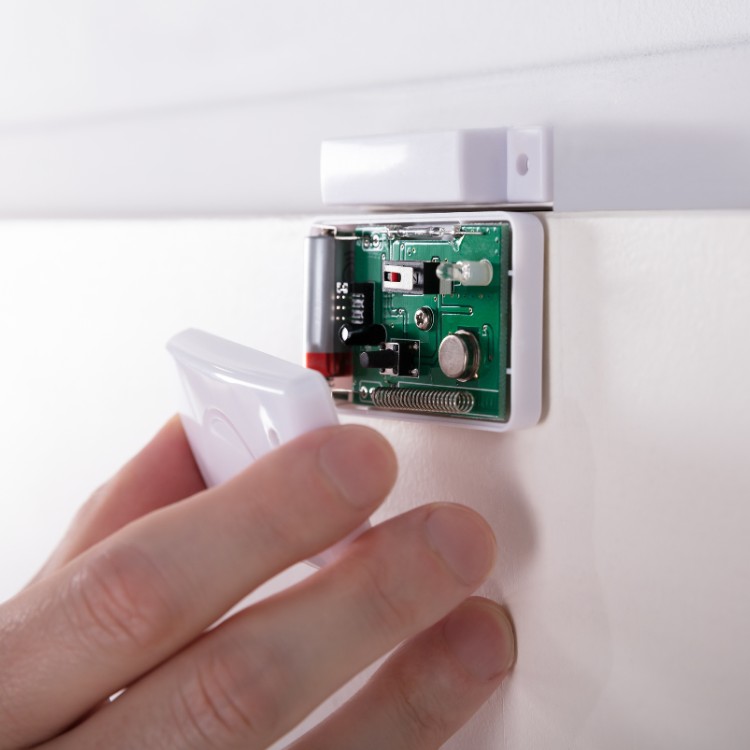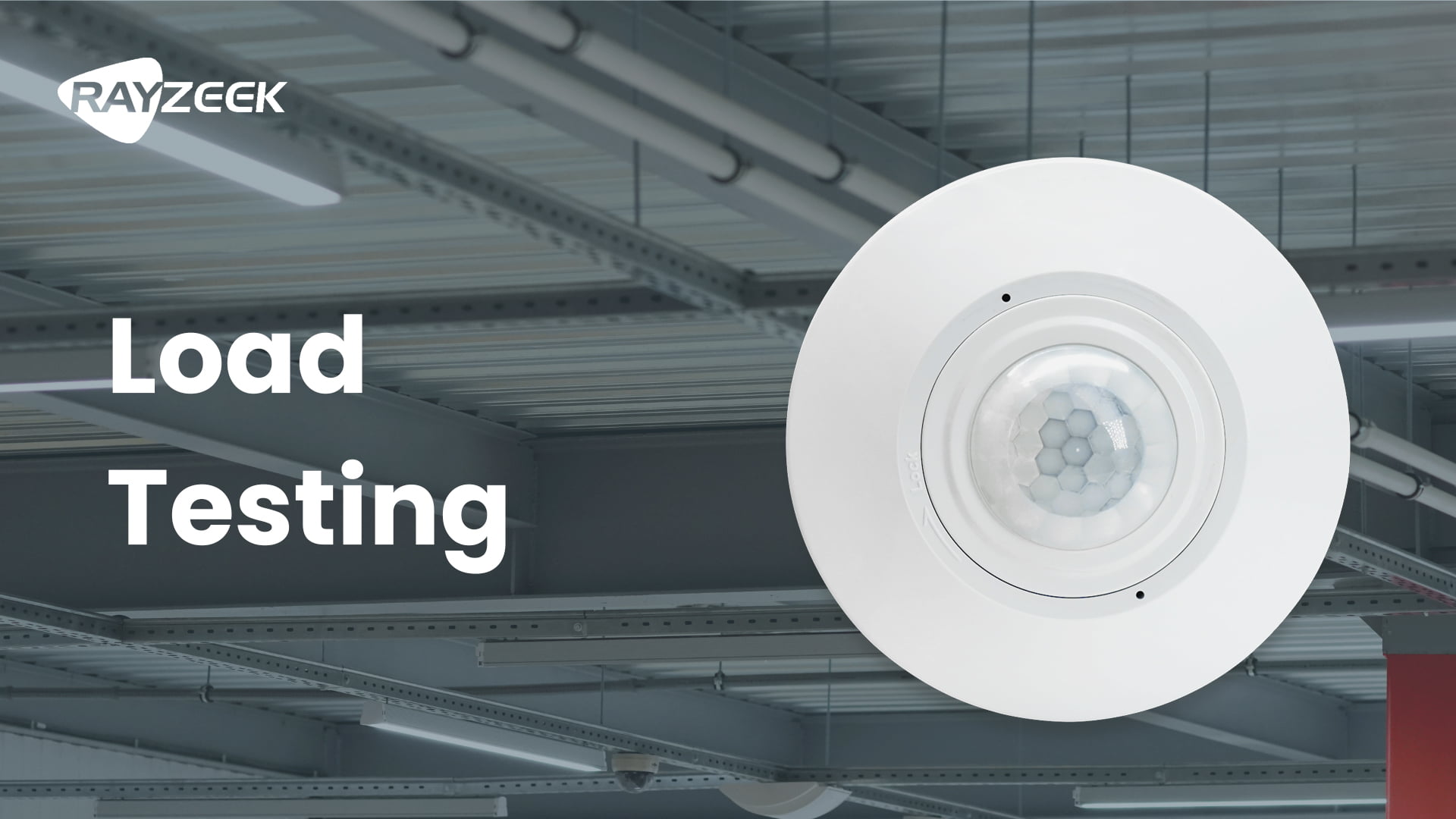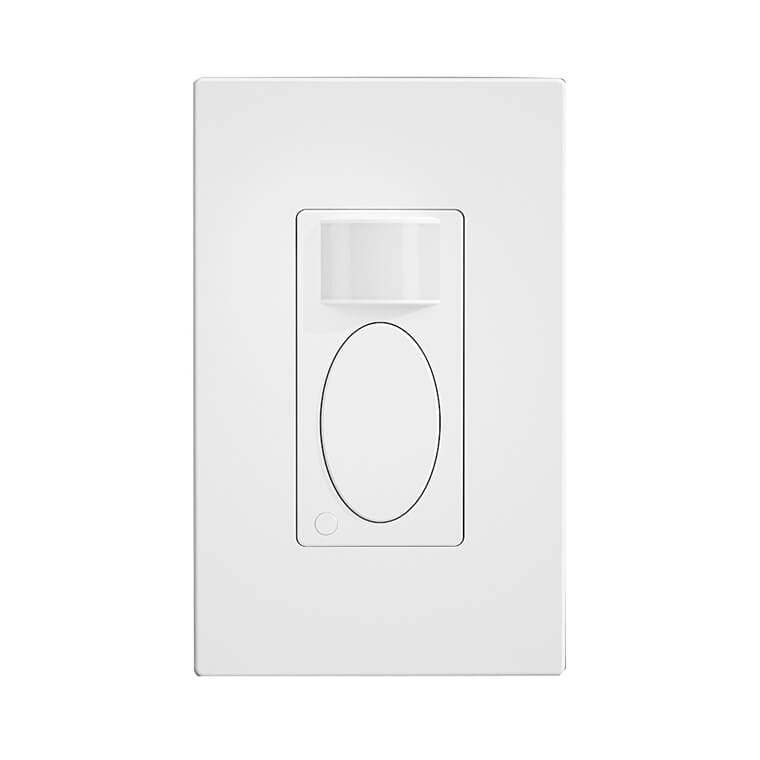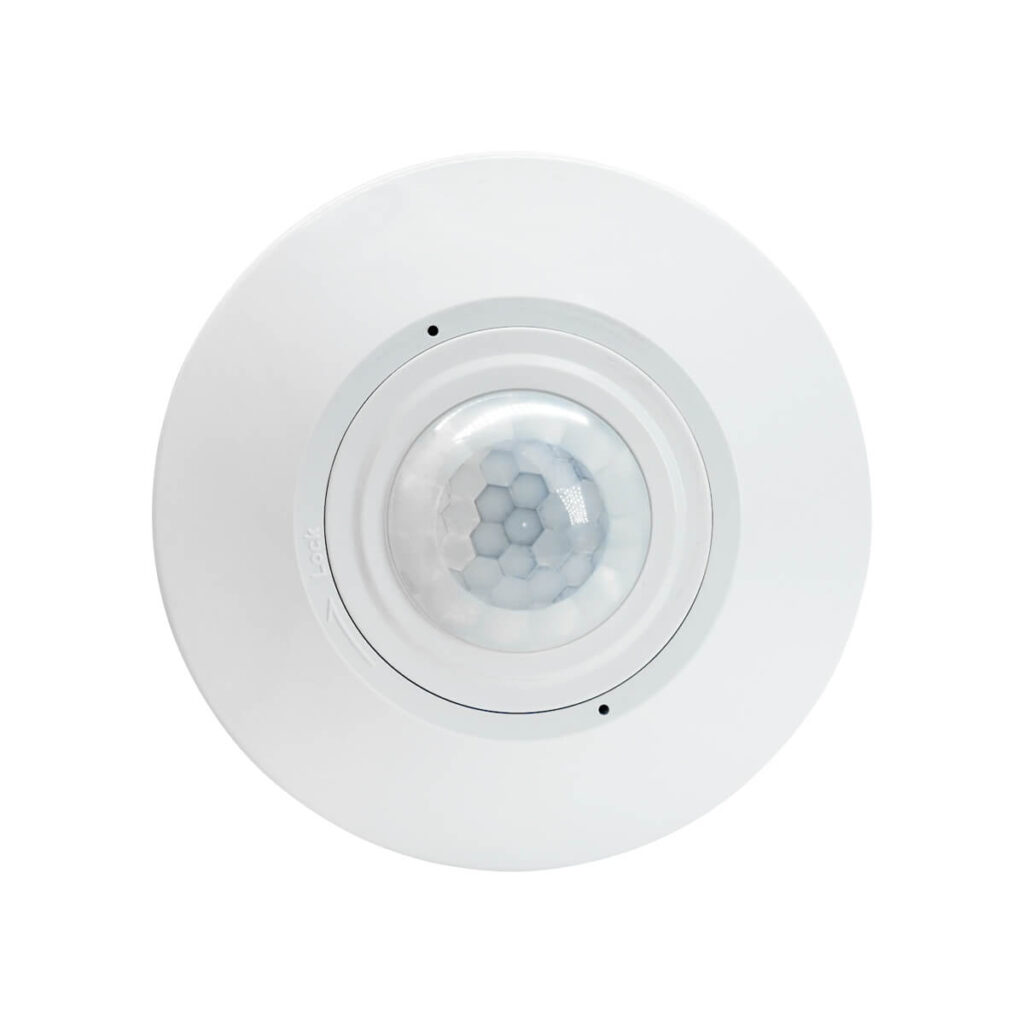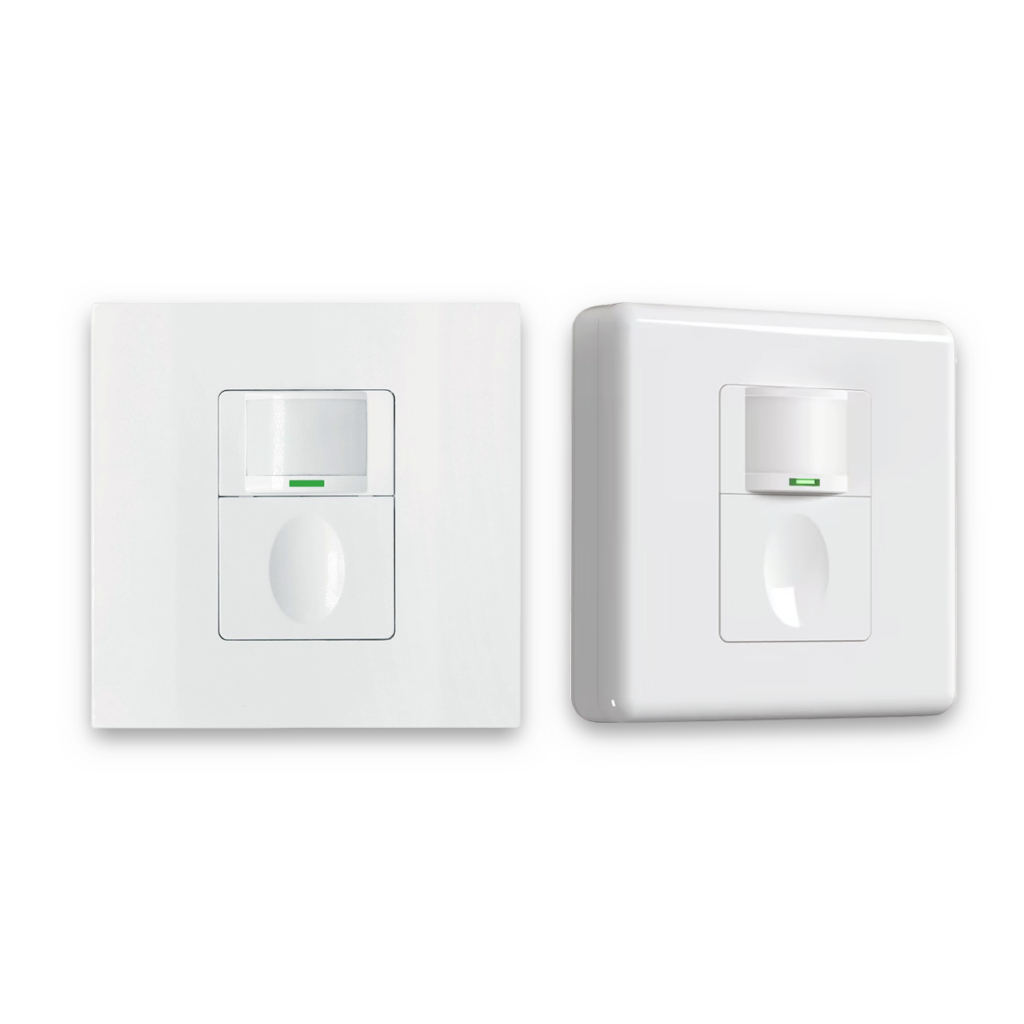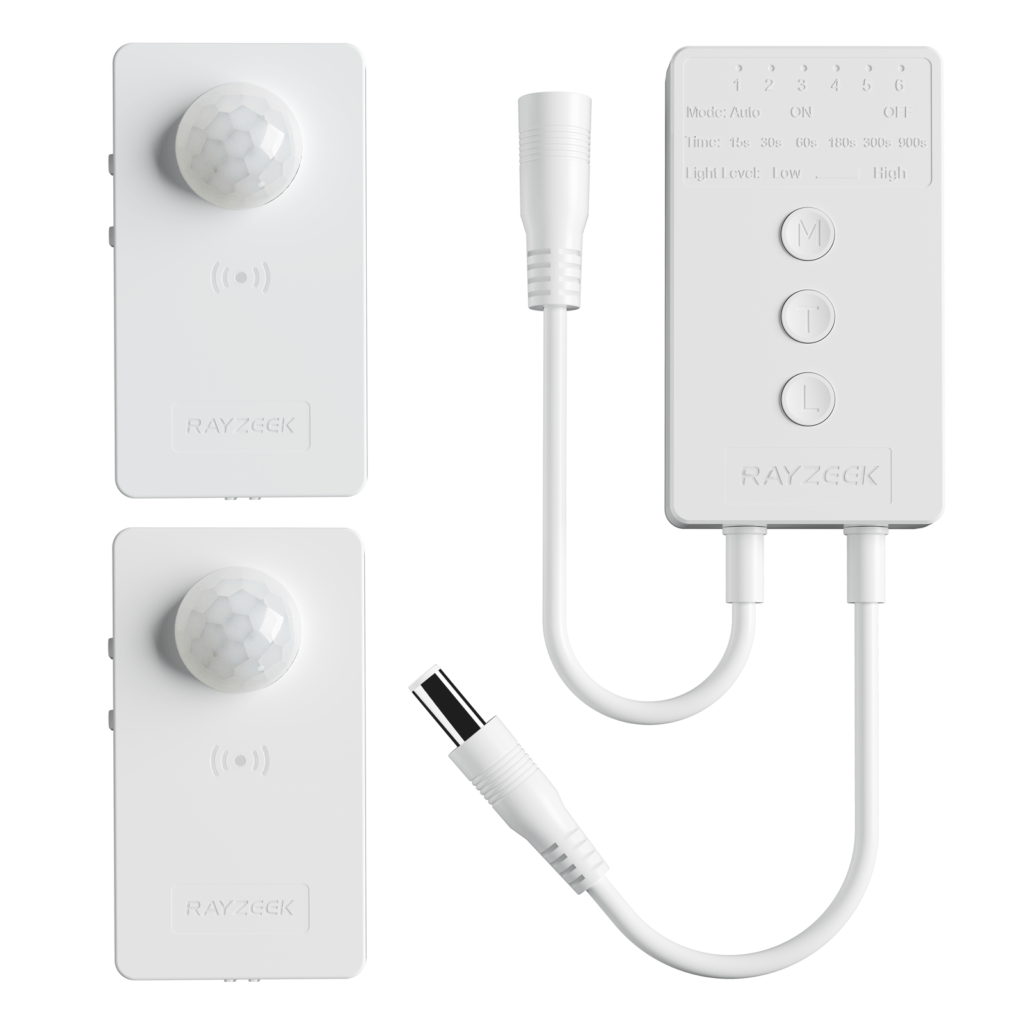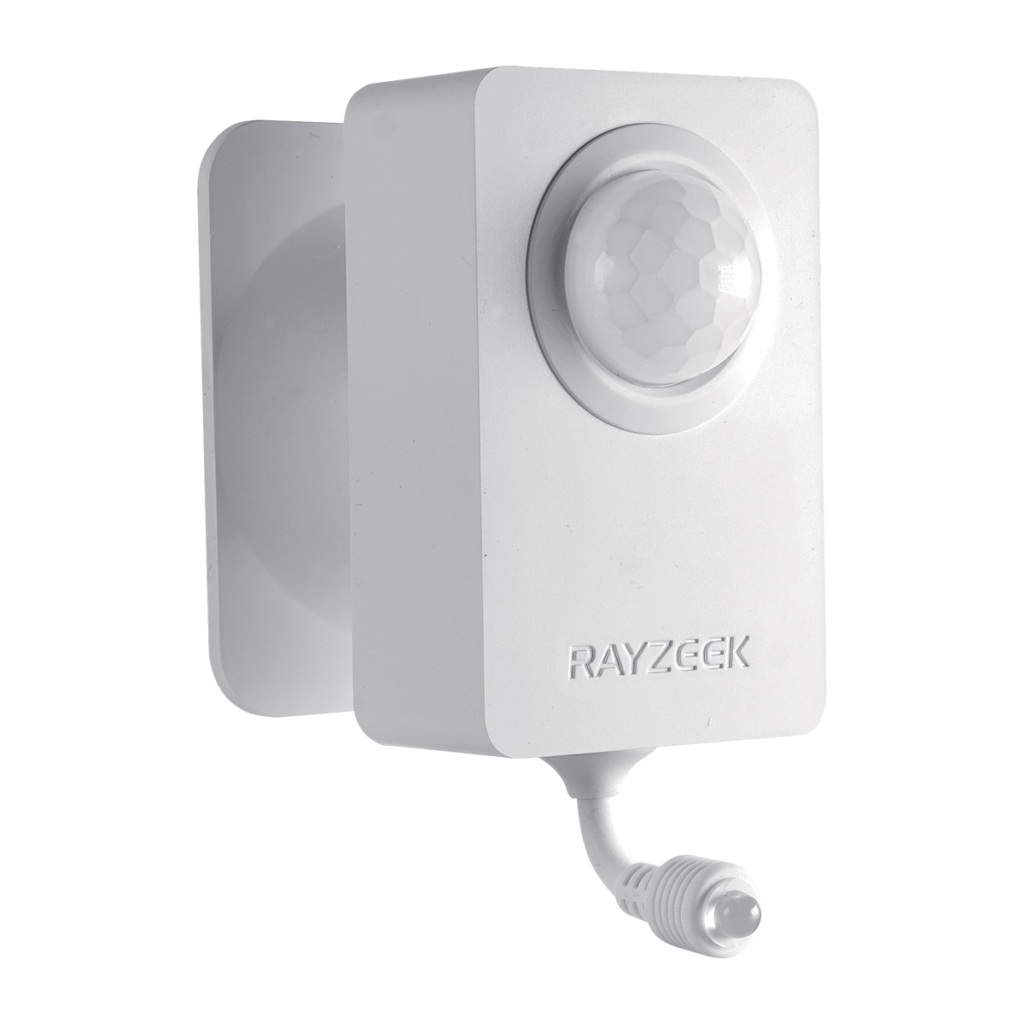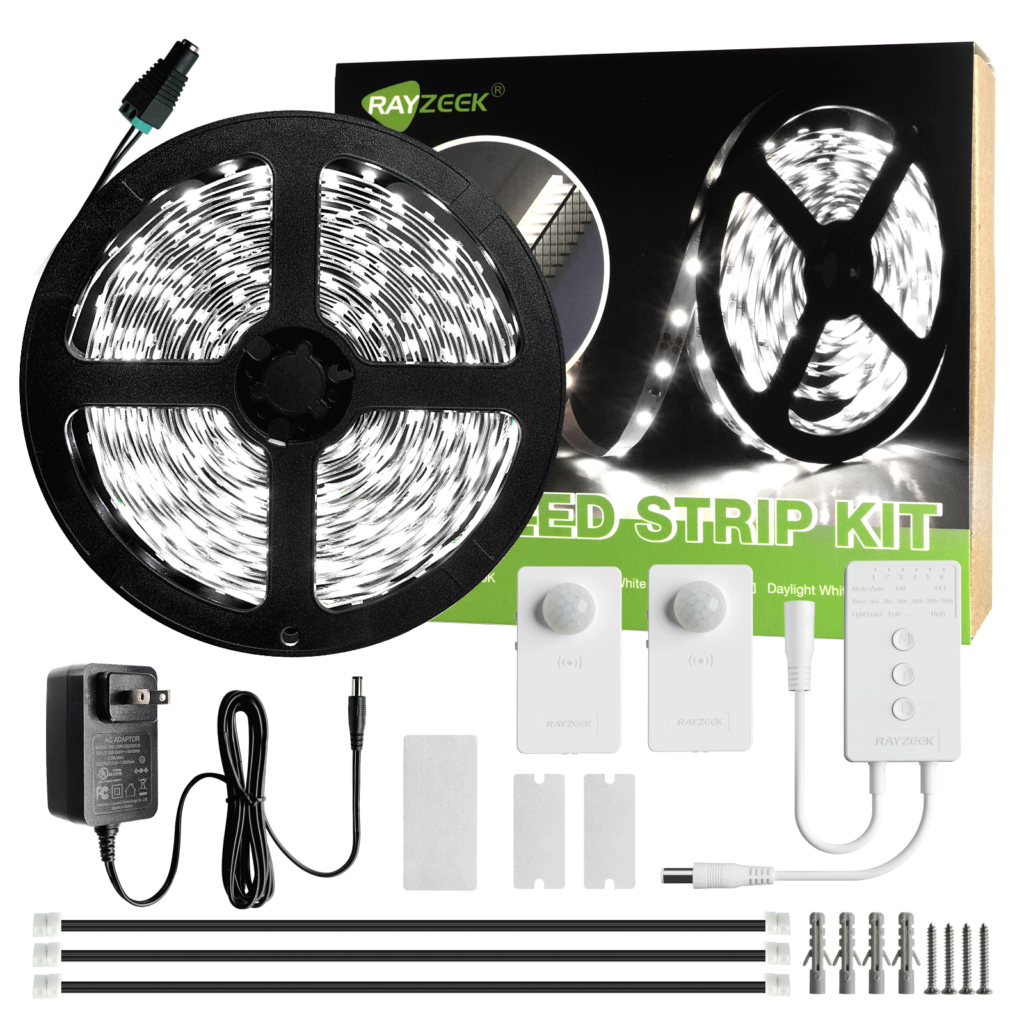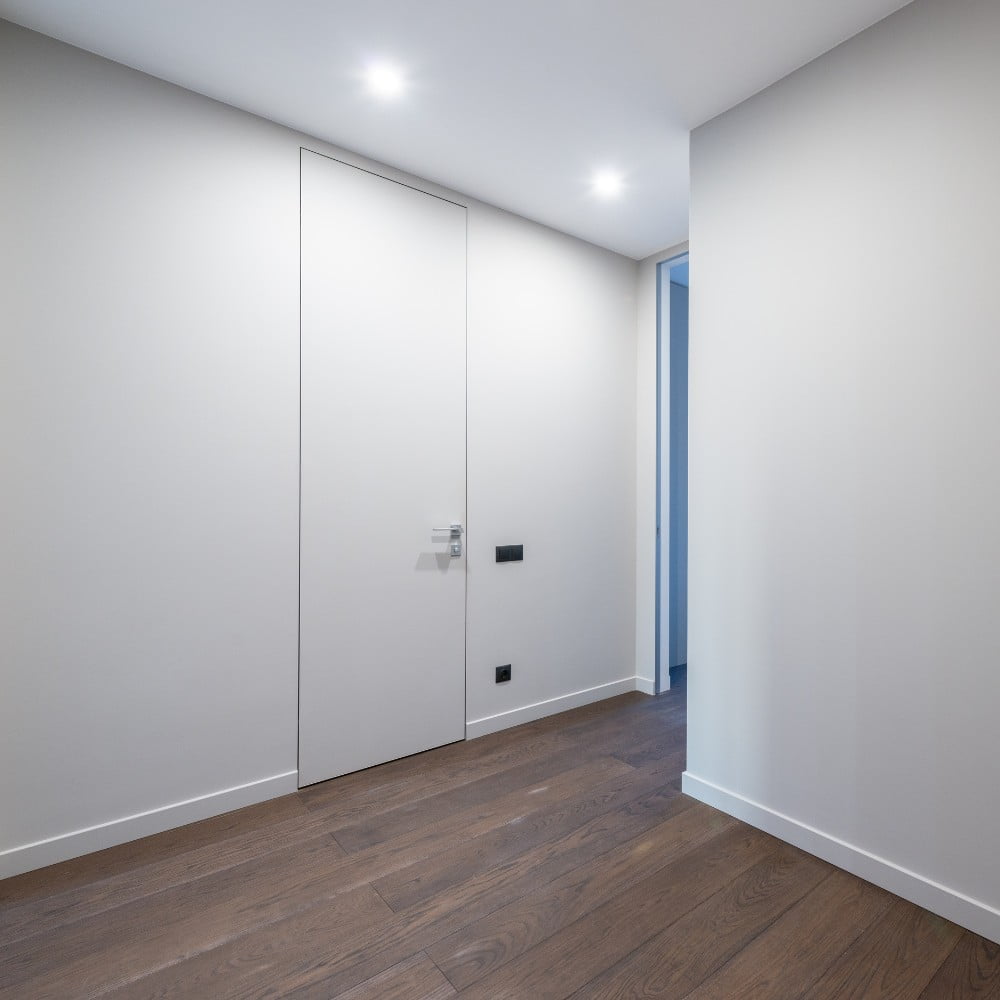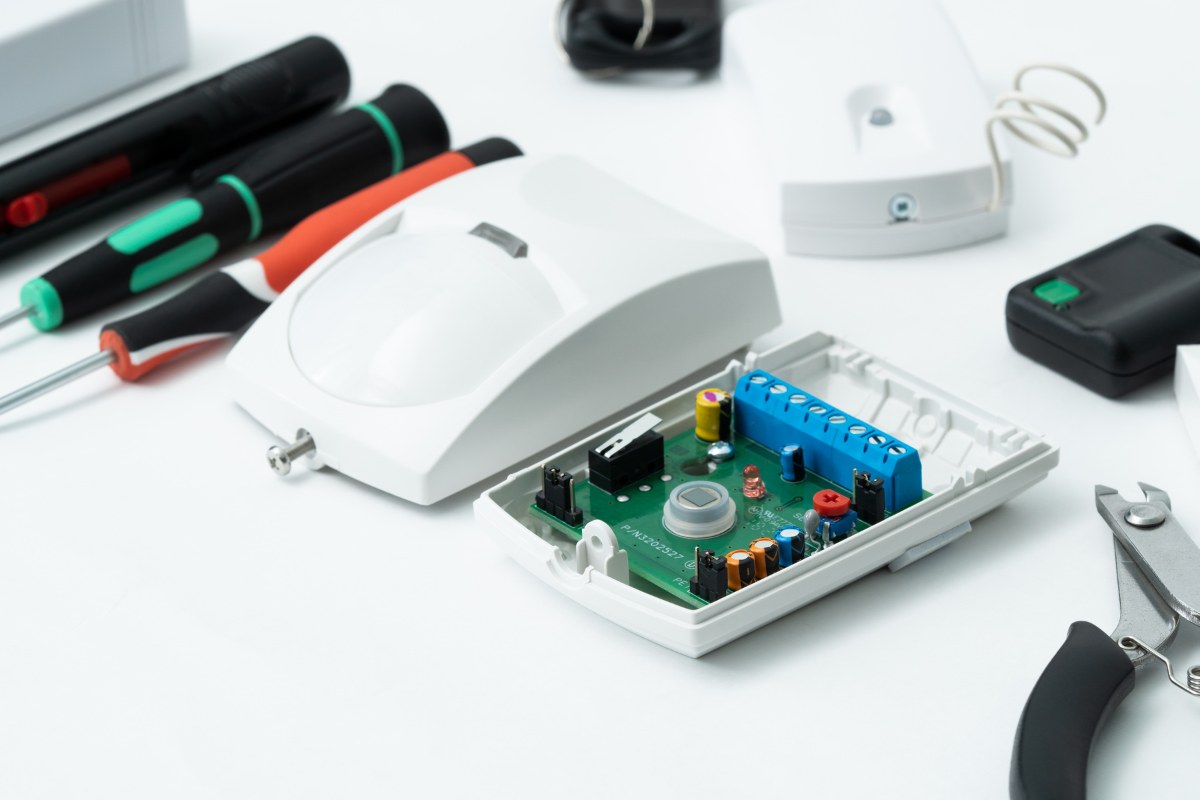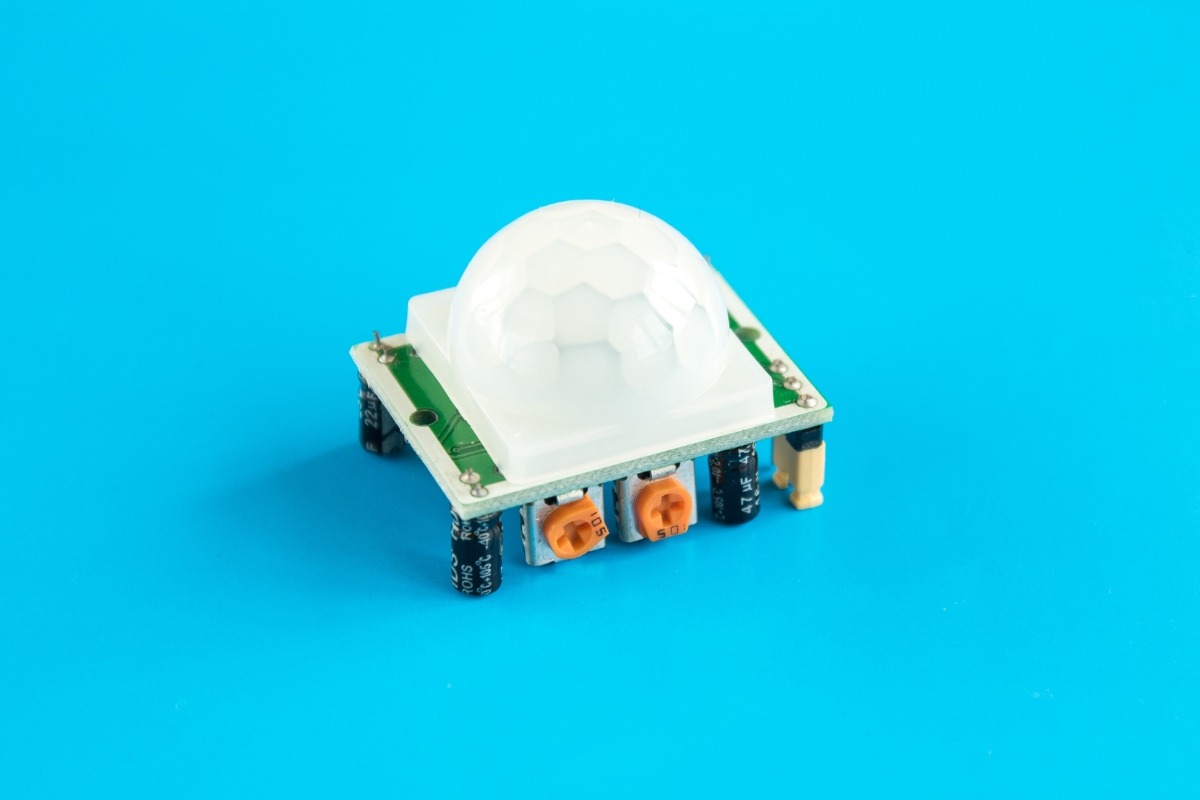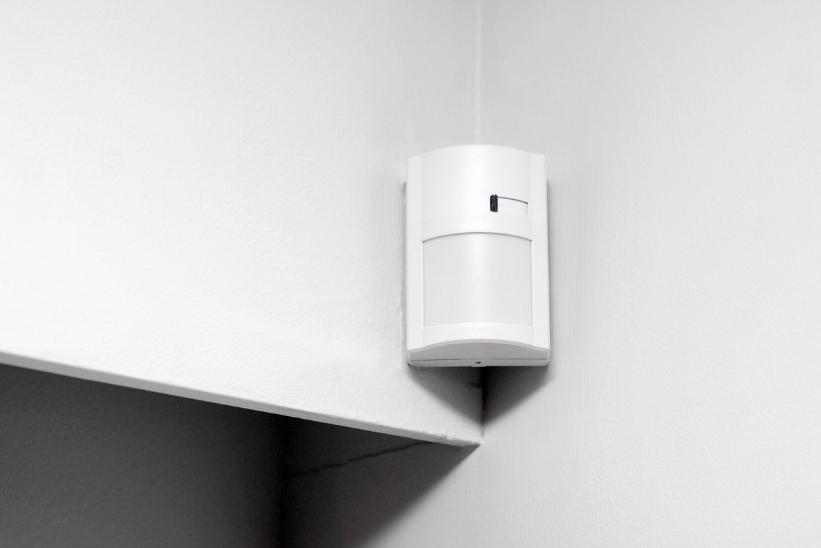Motion Sensors
Showing 1–9 of 54 results
-
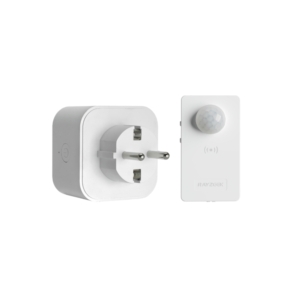
Motion Sensor Plug Kit
RZ063- Load Current: 10A Max
- Auto/Sleep Mode
- Time delay: 90s, 5min, 10min, 30min, 60min
-
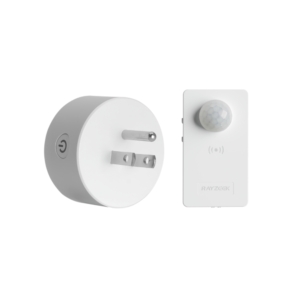
Motion Sensor Plug Kit
RZ061-R- Load Current: 10A Max
- Auto/Sleep Mode
- Time delay: 90s, 5min, 10min, 30min, 60min
-
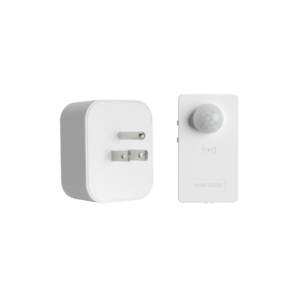
Motion Sensor Plug Kit
RZ061-S- Load Current: 10A Max
- Auto/Sleep Mode
- Time delay: 90s, 5min, 10min, 30min, 60min
-
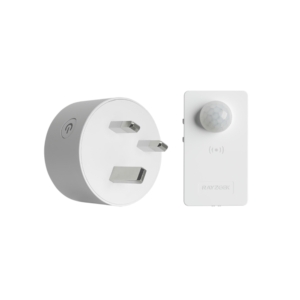
Motion Sensor Plug Kit
RZ062-R- Load Current: 10A Max
- Auto/Sleep Mode
- Time delay: 90s, 5min, 10min, 30min, 60min
-
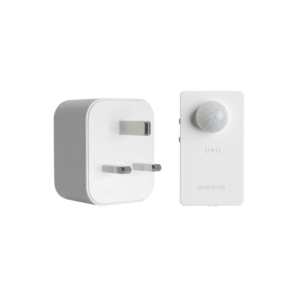
Motion Sensor Plug Kit
RZ062-S- Load Current: 10A Max
- Auto/Sleep Mode
- Time delay: 90s, 5min, 10min, 30min, 60min
-
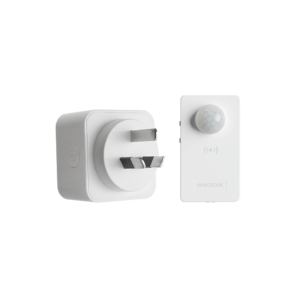
Motion Sensor Plug Kit
RZ064- Load Current: 10A Max
- Auto/Sleep Mode
- Time delay: 90s, 5min, 10min, 30min, 60min
-
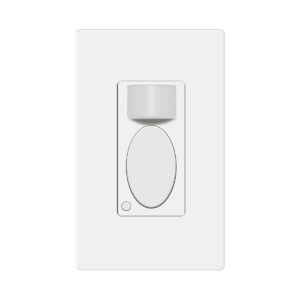
Occupancy / Vacancy / Manual Motion Sensor Switch, Neutral Required, UL Listed
RZ021-5A-N- Occupancy, Vacancy, ON/OFF mode
- 120V, 5A
- Neutral Wire Required
- Fits the US 1-Gang wall box
-
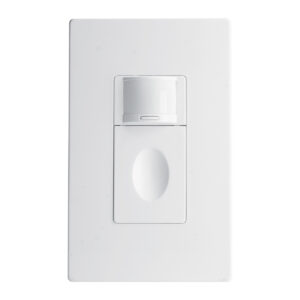
Occupancy / Vacancy / Manual Motion Sensor Switch, Neutral Required, UL Listed
RZ020-5A-N- Occupancy, Vacancy, ON/OFF mode
- 120V, 5A
- Neutral Wire Required
- Fits the US 1-Gang wall box
-

Occupancy / Vacancy / Manual Motion Sensor Switch, Neutral Required, UL Listed
RZ020-10A-N- Occupancy, Vacancy, ON/OFF mode
- 120V, 10A
- Neutral Wire Required
- Fits the US 1-Gang wall box



